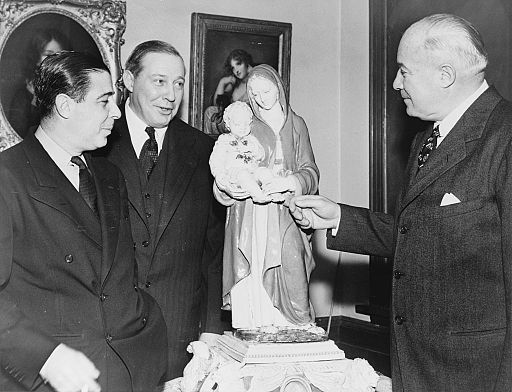The Right Tool

DIY Toilet in Nature. Photo by Formerchemistuow. Sometimes the right tool is a telephone for calling on the help of a professional.
A montage from The Andy Griffith Show 1964 episode “Bargain Day”, in which Sheriff Andy Taylor, played by Andy Griffith, continually exhorts Aunt Bee, played by Frances Bavier, to call the repair man to fix their broken freezer. Aunt Bee, in a penny wise and dollar foolish way, fusses and drags her feet about calling the repair man because of the expense, meanwhile risking the loss of an entire side of beef she had hoped to store in the freezer.
For do it yourselfers, quick diagnosis of the problem needing repair is key, because otherwise they are prone to waste time, energy, and expense in labor and materials casting about blindly in hopes of isolating the problem. The professional will likely save that trouble and expense. Not always, but most of the time. Where a sophisticated diagnosis is required, such as it can be with electronics, the professional is likely to possess the proper equipment. Not all amateurs have the wherewithal to run out and buy expensive diagnostic equipment for what may only be a one time use. More and more of the devices we bring into our houses require special knowledge and tools to fix, if indeed a fix is possible or economical, and unless the defects they develop can be recognized by us quickly we are probably better off leaving the repair to a professional. The alternative is to limit ourselves to mechanical and electronic devices that were available one hundred years ago, when a person with a standard set of household tools could still effect many needed repairs without undue aggravation. In the twenty-first century, the end of Radio Shack ought to signify for most of us where we stand in our willingness and ability to repair things ourselves.
— Techly 



